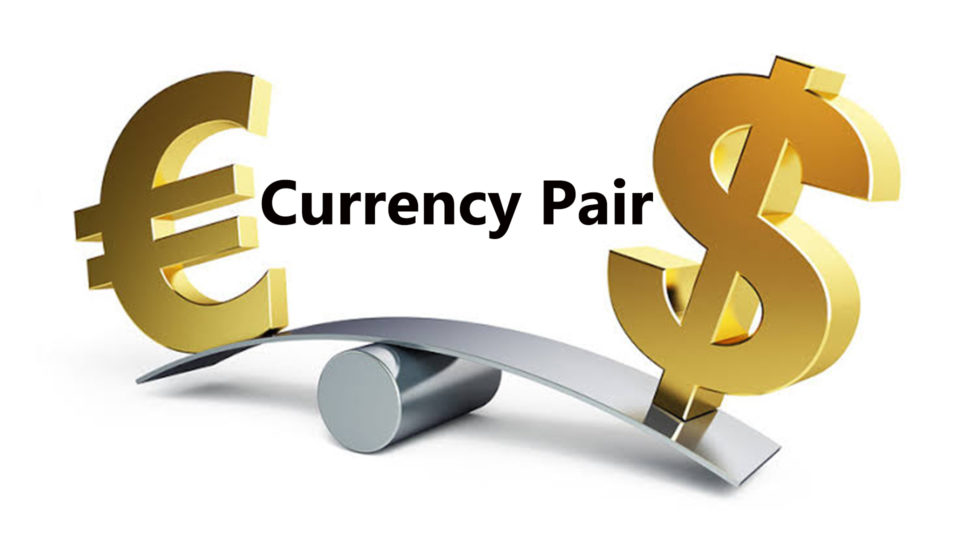Currency Pair
Currency Pair
A currency pair is a quotation of two different currencies, where one is quoted against the other. The first listed currency within a currency pair is called the base, while the second currency that is the benchmark is called the quote.
Understanding Currency Pairs
Trading currency pairs are often conducted in the foreign exchange market. The forex market enables buying and selling, and conversion for international trade and investing. Generally speaking, the forex market is open 5 days per week, 24 hours a day.
Forex trading involves the constant purchase and sale of currency. When buying a currency pair, investors purchase the base currency and sell the quoted currency. The bid price represents the amount of quote currency needed to receive one unit of the base currency.
On the other hand, when the currency pair is sold, the investor sells the base currency and receives the quote currency. Thus, the selling price of the currency pair is the amount one will receive in the quote currency for providing one unit of the base one.
Nonetheless, when trading currencies, investors are selling one currency to buy another.
Major Currency Pairs
A widely traded currency pair is the euro against the U.S. dollar or shown as EUR/USD. It is the most liquid money in the world because it is the most heavily traded. The quotation EUR/USD = 1.2500 means that one euro is exchanged for 1.2500 U.S. dollars. In this case, EUR is the base currency and USD is the quote currency (counter). This means that 1 euro can be exchanged for 1.25 U.S. dollars. Another way of looking at this is that it will cost you $125 to buy 100 euros.
There are as many currency pairs as there are currencies in the world. The total number of currency pairs that exist changes as currencies come and go. All currency pairs are categorized according to the volume that is traded daily for a pair.
The currencies that trade the most volume against the U.S. dollar are referred to as the major currencies, which include:
- EUR/USD or the Euro vs. the U.S. dollar
- USD/JPY or dollar vs. the Japanese yen
- GBP/USD or the British pound vs. the dollar
- USD/CHF or the Swiss franc vs. the dollar
- AUD/USD or the Australian dollar vs. the U.S. dollar
- USD/CAD or the Canadian dollar vs. the U.S. dollar
